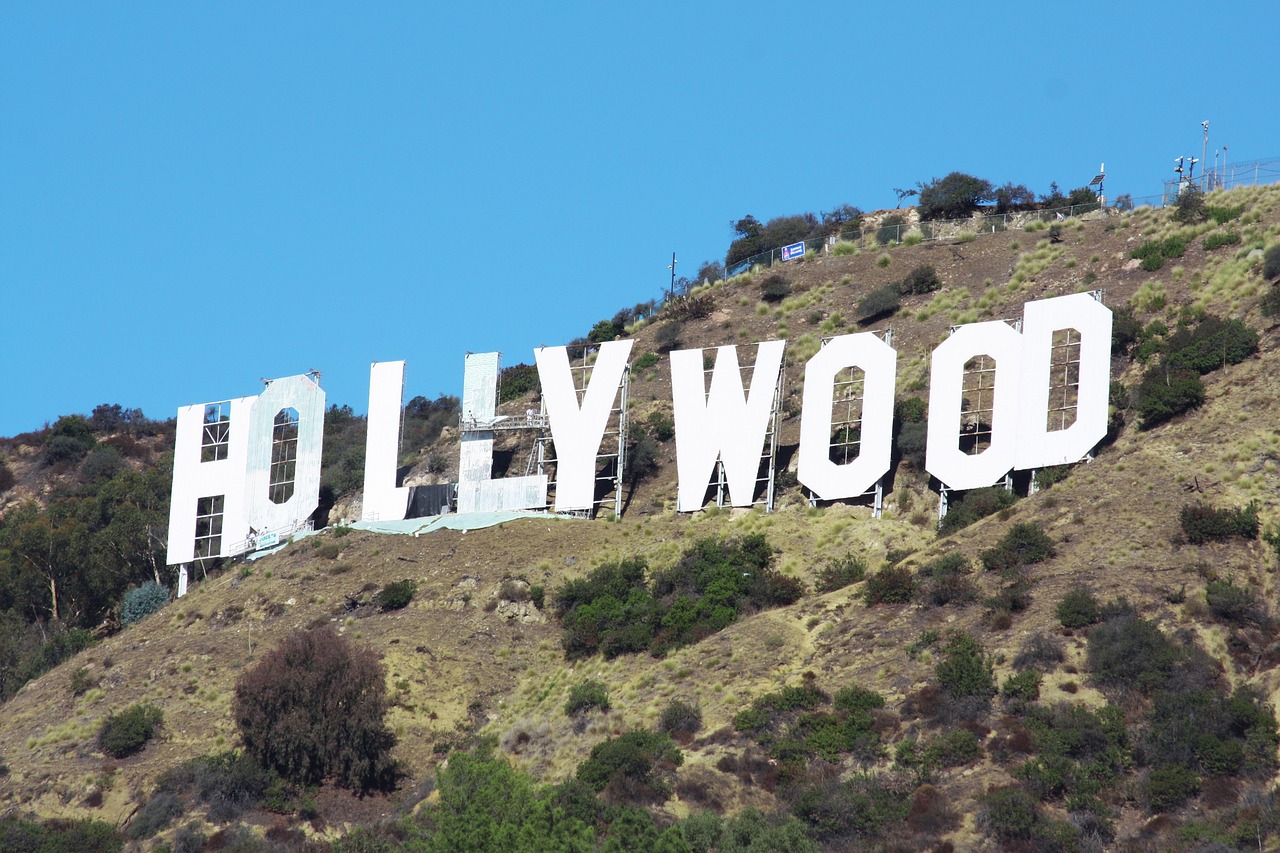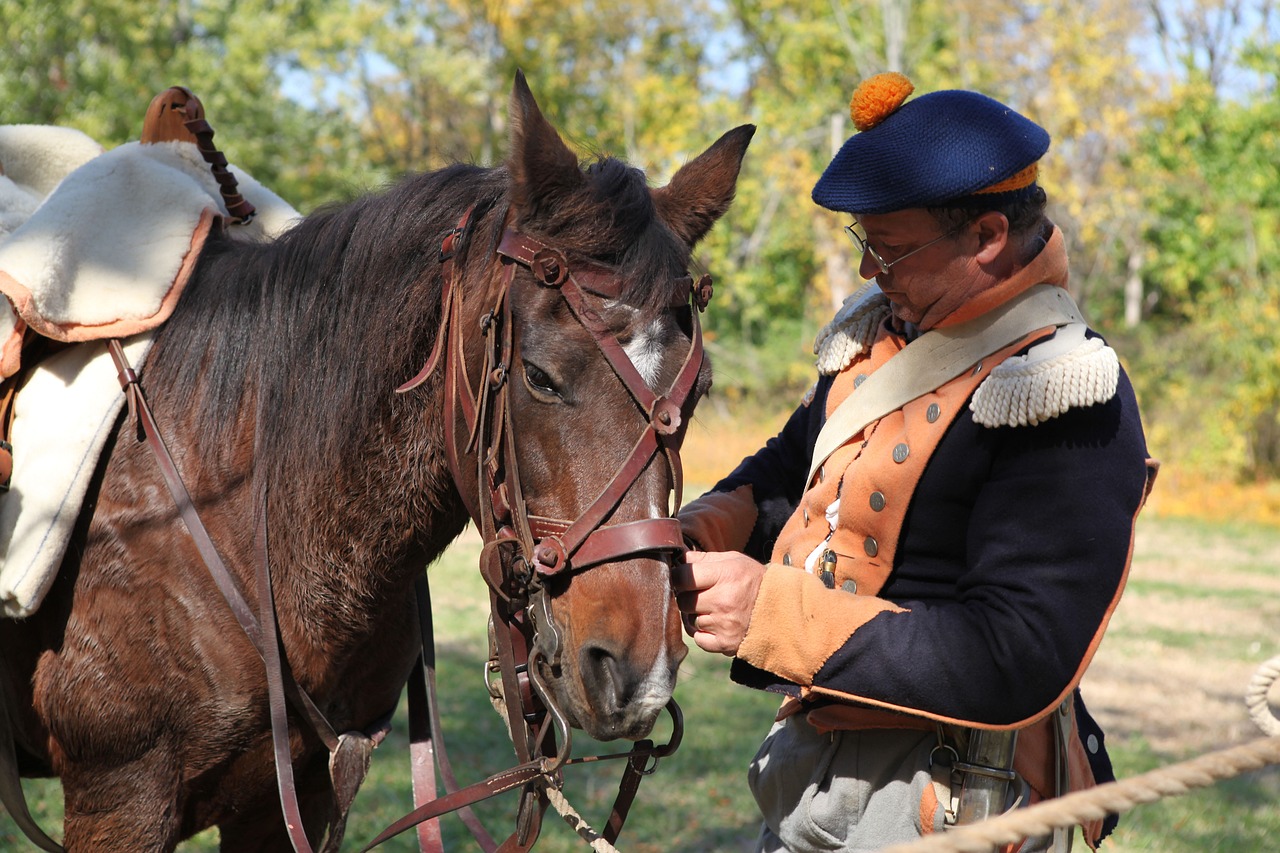Navigating Code – Switching Pressures in White Hollywood Industry

Understanding Code Switching Pressure in Hollywood
The key takeaway is that actors of color in Hollywood face intense pressure to code-switch physically and culturally to fit into a white-dominated aesthetic and narrative framework.
Christopher Rivas, a Dominican-Colombian actor from Queens, reveals how this pressure extends beyond performance to controlling even the smallest gestures, like hand movements, to appear “white enough.” This form of code-switching is not just about language but about molding bodies and behaviors to meet an entrenched white gaze.
Despite some industry talk about diversity since 2020, progress remains limited, reflecting the persistence of systemic barriers tied to who holds creative and financial power.
The Cost of Desirability and Representation in Hollywood
Rivas emphasizes that desirability in Hollywood is dictated by whiteness, and actors of color must conform to that gaze to secure roles and financial stability.
This commodification of bodies means self-worth often hinges on how well one fits white beauty standards, such as straightening curls or altering facial features.
For instance, Rivas recounts getting a nose job on a manager’s advice, which increased his work opportunities.
This contrasts with the public perception that Latinx actors have it easier, ignoring the cost of assimilation.
The real power shift requires changing who signs the checks, not just casting decisions.

The Paradox of Standing Out While Fitting In
The paradox in Hollywood is clear: to succeed, actors of color must simultaneously stand out and assimilate.
Rivas’s 2020 New York Times film on this topic highlighted how actors must “calm those curls” and adopt traits palatable to mainstream whiteness.
This dual demand creates an ongoing identity conflict, where authenticity is sacrificed for survival.
The industry’s slow embrace of diversity fails to disrupt this dynamic because decision-making power remains overwhelmingly white and male.
According to Pew Research, Latines made up 18 percent of the US population in 2019, but their representation onscreen rarely reflects this demographic reality.

The Need for Structural Change Behind the Camera
Authentic storytelling requires diversity not just in casting but in the writers’ rooms, director’s chairs, and executive offices.
Rivas argues that the stories told in Hollywood are often automated clichés that reinforce stereotypes to streamline production.
He imagines a future where scripts start by questioning racial and societal portrayals, aiming for complexity and honesty.
The industry has to move beyond tokenism and check-box diversity to allow marginalized communities to tell their own stories.
Until those who sign the checks diversify, meaningful change will remain elusive.
Release Date Timeline of Key Moments in Hollywood Diversity
| Event | Year | Impact on Hollywood Diversity |
| – – – | – – – | – – – |
| George Floyd Protests | 2020 | Sparked industry-wide conversations on race and diversity |
| Pew Research Hispanic Population Report | 2019 | Latines accounted for 18 percent of US population, highlighting underrepresentation |
| Christopher Rivas NYT Film Release | 2020 | Raised awareness of code-switching paradox for actors of color |
| Fox Series Call Me Kat | 2021-2023 | Featured Rivas, a Brown actor embracing natural curls on mainstream TV |
| Ongoing DEI Hiring Initiatives | 2020-Present | Limited progress due to lack of power shifts in Hollywood leadership |

The Emotional Toll of Code Switching for Actors of Color
The emotional labor of conforming to white norms creates internal conflict and self-doubt.
Rivas shares moments of questioning his body and identity during downtime, wondering whether he should accept stereotypical roles that dominate screens, like criminals or drug dealers.
This reflects a broader cultural demand for people of color to sacrifice parts of themselves to survive professionally.
Such pressure can be seen as a form of self-harm masked as career strategy, raising urgent questions about how the industry and society address self-hate and forced assimilation.
Embracing Authenticity as a Radical Act in Hollywood
Since 2020, Rivas has consciously chosen to embrace his natural curls and ethnic features unapologetically, signaling a shift toward self-acceptance despite the industry’s narrow expectations.
This decision is a form of resistance against the pressure to code-switch for white approval.
His hope is for more commonplace stories featuring Brown leads living everyday lives without the narrative always revolving around race.
This vision challenges Hollywood to normalize diversity rather than treat it as exceptional or tokenistic, which would allow future generations to see themselves without compromise.

The Call to Action for Industry and Creators
Rivas urges fellow artists and industry professionals to move beyond performative support to concrete actions that redistribute power.
This includes creating original art, asserting boundaries, and committing to anti-racist work even when uncomfortable.
The metaphor “until the lion learns how to write, every story will glorify the hunter” encapsulates the necessity for marginalized voices to control their narratives.
True progress involves evolving who signs the checks and who crafts the stories, ensuring representation is deep, dignified, and reflective of society’s rich diversity.

